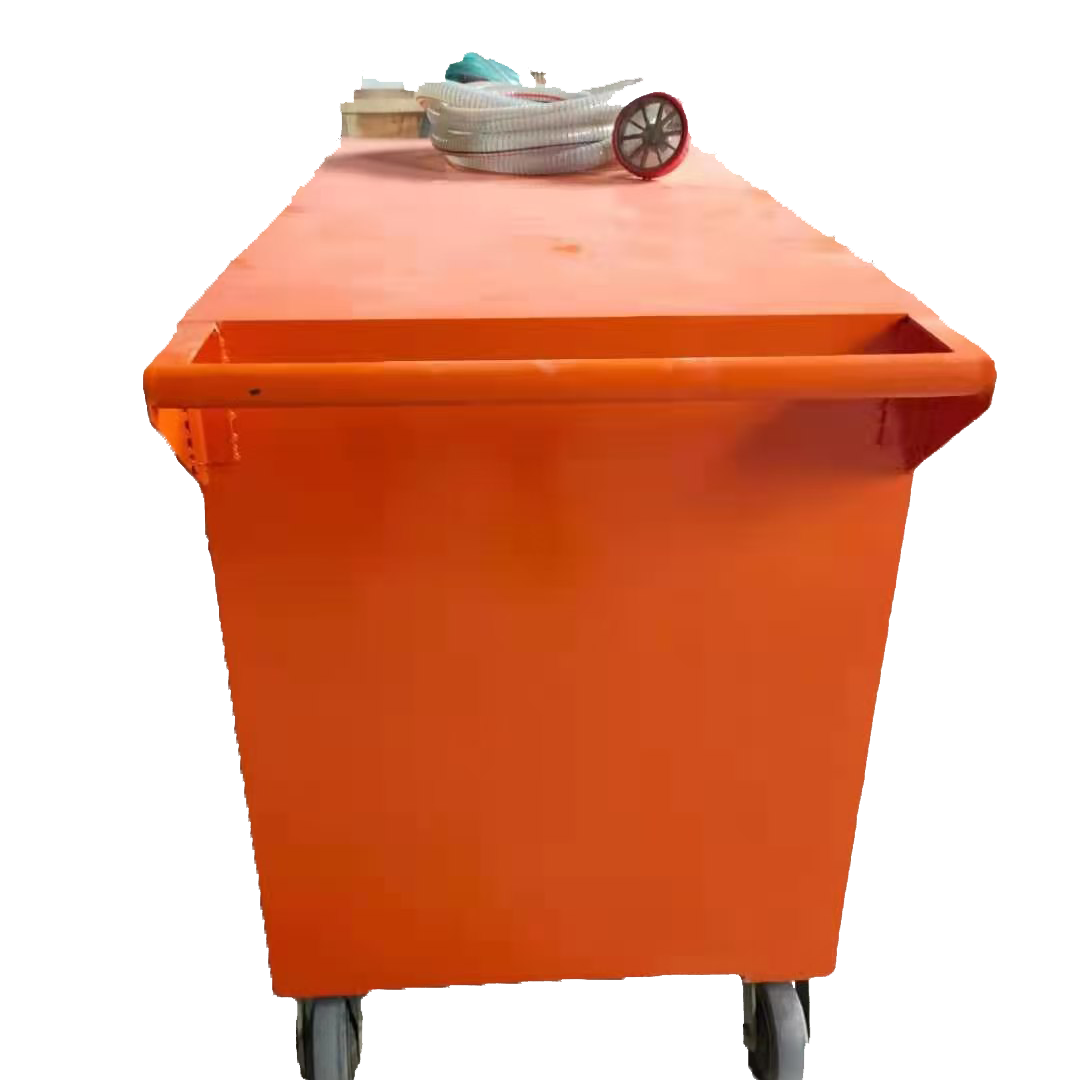
High Expansion Foam Generator CLC Foaming Machine
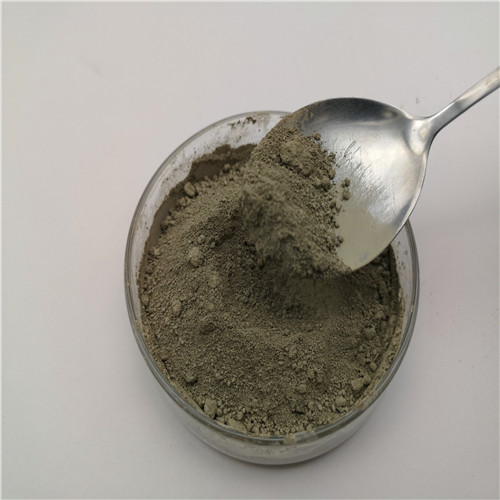
Cement Anti-crack Agent Preventing Cracks in Foam Concrete
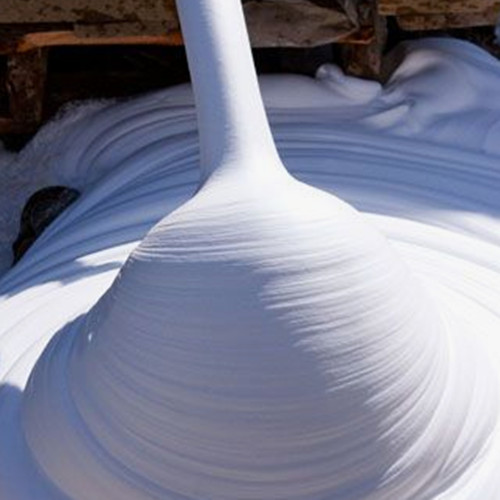
Cellular Lightweight Concrete Foaming Agent Protein Foaming Agent
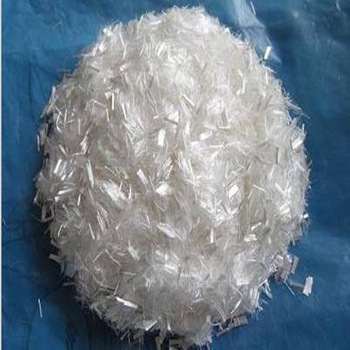
PP Fiber Polypropylene Fiber for Lightweight Concrete
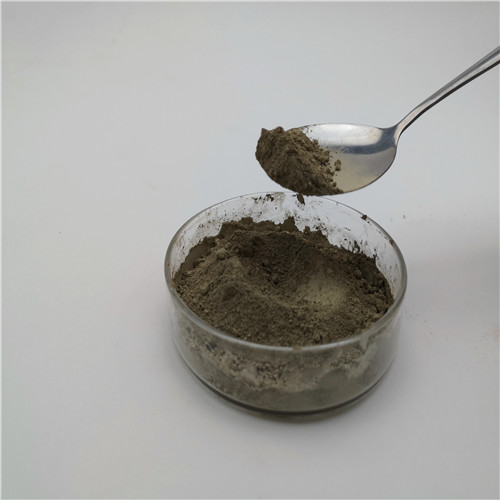
Foam Stabilizer for CLC Blocks Foam Concrete Solution
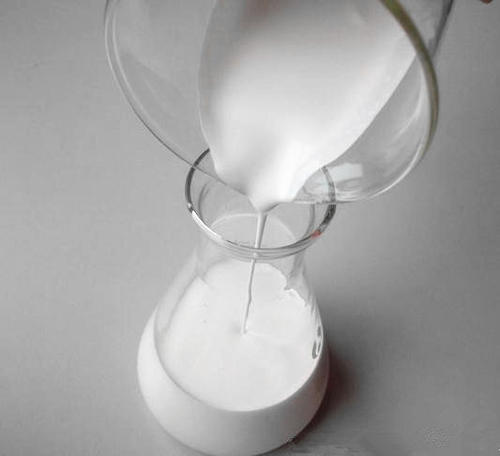
Zinc Stearate Emulsion
Concrete is part of our everyday lives, we take it for granted and rarely think about it. But what lies beneath its drab grey exterior is a hidden world of complexity. Concrete is a highly versatile material that can be tweaked to suit any use case, whether it’s being made stronger, lighter or more fluid. This can be done by modifying the proportions of different ingredients. Foam concrete is no exception and can be manipulated to achieve almost any property required.
Foam concrete is a cement-based slurry with a minimum of 20% foam entrained into the plastic mortar. It is a nontoxic, more environmentally friendly and less costly alternative to standard poured concrete. Its low weight means it imposes little vertical stress on the surrounding soil and is ideal for insulating walls, floors and roofs. Foam concrete can also be used as an ingenious void filler, making it perfect for disused cellars and basements and filling gaps around old pipes.
There are two methods of producing foam concrete, either wet or dry. In the wet method base materials are mixed together in a mixing chamber before being pumped with a specialised foam production system. The foam is produced as a result of the chemical reaction between the foaming agent and water, with compressed air being fed into the mixer according to the quantity of foam needed.
The foamed concrete is then injected into the concrete mix and through the process of expansion the foam bubbles are trapped within the mix and give the concrete its characteristic light weight, strength and resilience. The slurry can then be placed in its intended position without the need for compaction.
Ask a quote for the latest price and one of our team members will respond as soon as possible. Fields marked with * are required.




